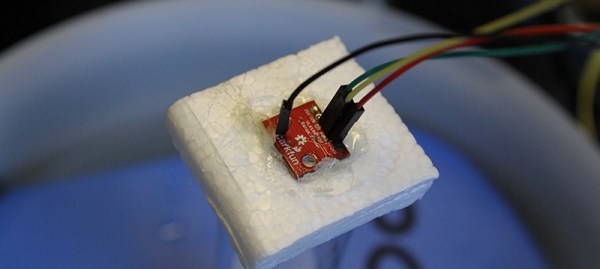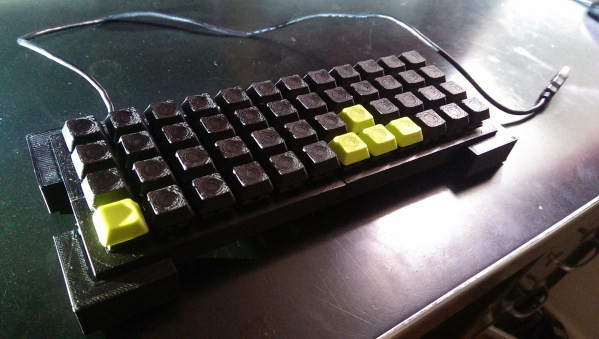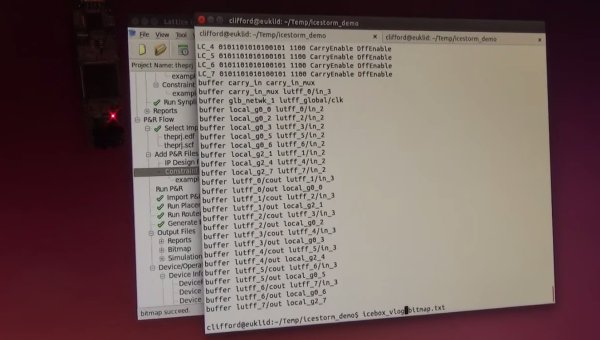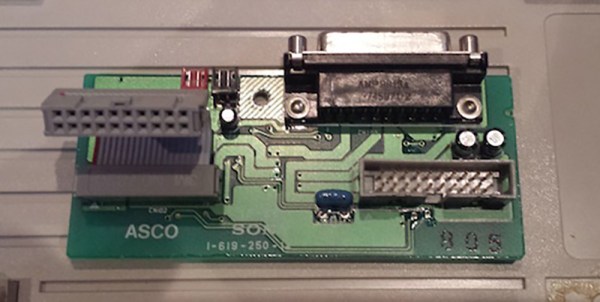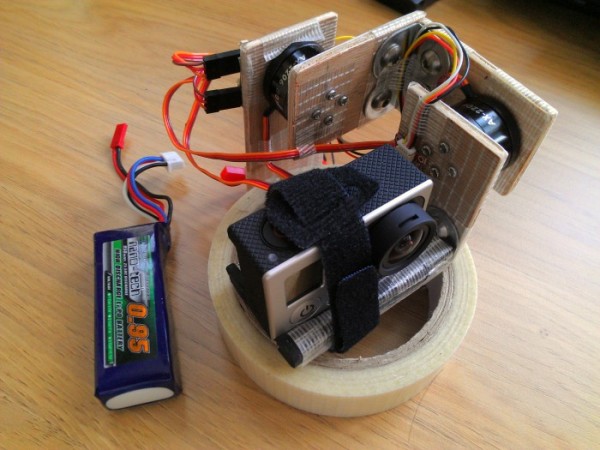Every once in a while, the Hackaday Overlords have a Hardware Developers Didactic Galactic in San Francisco. Last week was #06 featuring [Mike Estee] from Othermill and Hackaday writer [Joshua Vasquez] talking about synthesizing an SPI slave in an FPGA. Video here.
It’s no secret that [Fran] is building a DSKY – the part of the Apollo guidance computer that was on-screen in Apollo 13. It’s time for a project update, and here’s where she stands: if anyone has a source of JAN-spec Teledyne 420 or 422-series magnetic latching relays (they’re in a TO-5 package), contact [Fran]. The backplane connector has been identified; it’s a Teradyne I/O 100 series connector with a 120mil spacing. Contact [Fran] if you know where to get them.
Let’s say you want a carbon fiber quadcopter frame. What’s the most reasonable thing you can do? 3D print a CNC machine, obviously. That’s a 200mm FPV racer cut from 1mm and 3mm carbon fiber sheets, but the real story here is the CNC machine. It’s a PortalCyclone, and even the cable chains are 3D printed.
What does an AMOLED display look like up close? Pretty cool, actually. That’s 20x magnification, and it’s not a Bayer filter. Can anyone fill us in on the reason for that?
Laser cutters are tricky if you want to do grayscale or half tones. [oni305] made an Inkscape extension to generate better GCode for engraving with a laser cutter.
19″ racks have no dimensions that are actually 19″. Also 2x4s aren’t 2 inches by four inches. Somehow, a 2×4 server rack works.


